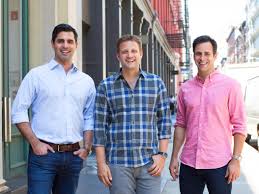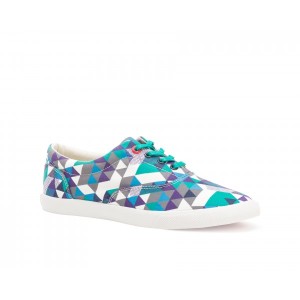Every year in the United States, $5 billion (yes, billion with a ‘b’!) of unused and unexpired prescription drugs are destroyed. At the same time, 50 million Americans don’t refill their prescriptions because of the cost. A group of Stanford graduates wanted to find a way to easily connect the surplus and the need. In 2009, Kiah Williams, Adam Kircher, and George Wang created SIRUM (Supporting Initiatives to Redistribute Unused Medicine), a non-profit dedicated to deliver unused medicine to people in need.
SIRUM works in 4 easy steps. SIRUM first gets companies and hospitals to stop destroying unused medicine. This is fairly easy because the companies often have to spend a large amount of money to have the drugs destroyed. Instead, donating the drugs is free and less of a hassle. The company or hospital then enters the surplus via SIRUM’s technology. The company packs up the unused medicine and adds a pre-paid shipping label. SIRUM picks up the package the next day and distributes it to those in need. The company or hospital is then able to track the package door-to-door.
This entire transaction is a win-win for everyone involved! It is much easier and cheaper for hospitals or companies to donate the surplus medicine than to destroy it. And people who need affordable or free medication can easily get it. Like cofounder Kiah Williams said, SIRUM is “like the Match.com for unused drugs”. SIRUM was able to meet the needs of two different groups, with no downside to either group. To learn more about SIRUM, click here.





 Raaja Nemani grew up knowing he wanted work for himself, while positively impacting the world. However, after he graduated from college, Nemani began to move away from his entrepreneurial goals when he accepted a job in the finance industry. After working in finance for several years, Nemani decided to quit his job and travel around the world for two years – without any safety net or set plan. One day, while Nemani was volunteering in Argentina, he befriended an artist named Aaron Firestein. Firestein doodled on a pair of shoes and gave them to Nemani, who wore them throughout his travels. Everywhere that Nemani traveled, he received compliments on the shoes Firestein had decorated, allowing him to make friends and connect with fellow travelers.
Raaja Nemani grew up knowing he wanted work for himself, while positively impacting the world. However, after he graduated from college, Nemani began to move away from his entrepreneurial goals when he accepted a job in the finance industry. After working in finance for several years, Nemani decided to quit his job and travel around the world for two years – without any safety net or set plan. One day, while Nemani was volunteering in Argentina, he befriended an artist named Aaron Firestein. Firestein doodled on a pair of shoes and gave them to Nemani, who wore them throughout his travels. Everywhere that Nemani traveled, he received compliments on the shoes Firestein had decorated, allowing him to make friends and connect with fellow travelers.
 A few years ago, Chase Adam was serving as a Peace Corps Volunteer in the Democratic Republic of the Congo when a woman boarded the bus and began asking for donations for her child’s medical treatment. Because panhandling is so prevalent in that area of the world, Adam was shocked to see all of the natives give the women money for her child. He realized the natives believed this woman because she had the child’s information and had established a sense of trust with them. Inspired, Adam returned to the United States with the goal of starting a non-profit to provide healthcare around the world.
A few years ago, Chase Adam was serving as a Peace Corps Volunteer in the Democratic Republic of the Congo when a woman boarded the bus and began asking for donations for her child’s medical treatment. Because panhandling is so prevalent in that area of the world, Adam was shocked to see all of the natives give the women money for her child. He realized the natives believed this woman because she had the child’s information and had established a sense of trust with them. Inspired, Adam returned to the United States with the goal of starting a non-profit to provide healthcare around the world.
